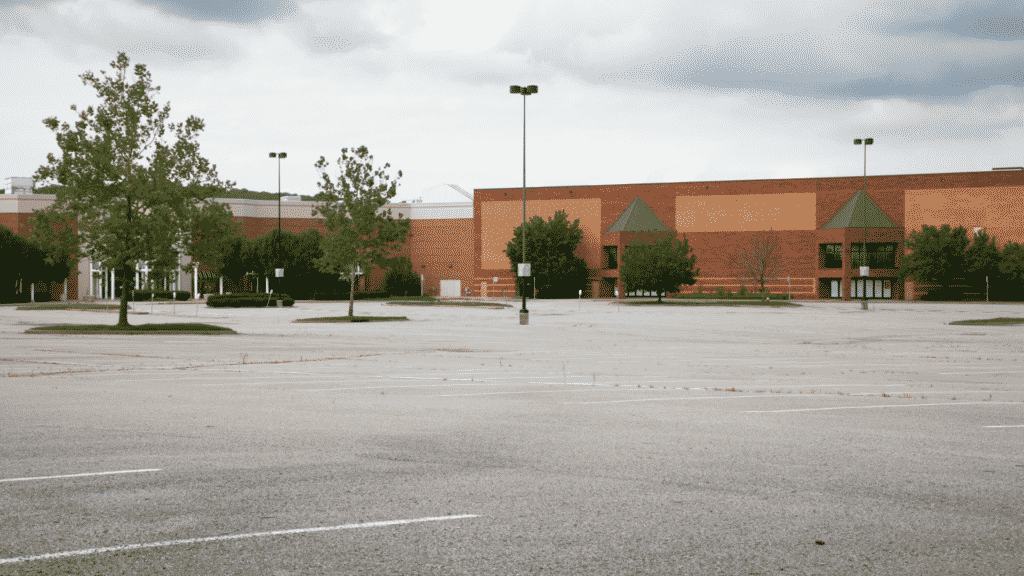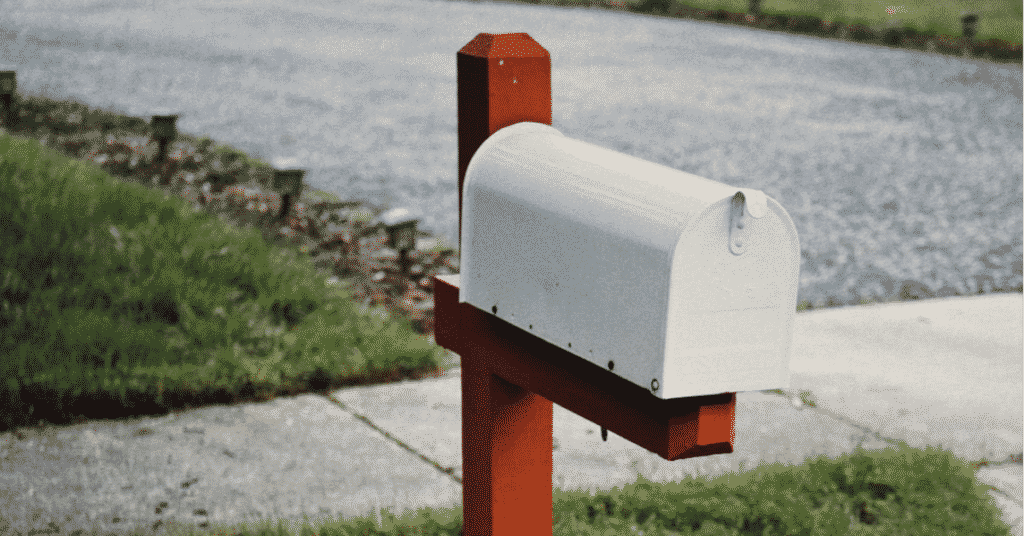Every Friday, we answer a common question about fulfillment, shipping, or business. This week’s question comes from a reply to one of our weekly emails. Today we will answer the following question: “why does Amazon want to buy malls?”
The News Was Easy to Miss: Amazon Wants to Buy Malls
If you’re not closely following the news, it would be easy to miss this story. Last month, there were a variety of stories with headlines like this:
- Amazon reportedly considering mall space for fulfillment centers – The Verge
- For Amazon, Mall is Beautiful – Forbes
- Abandoned mall department stores may become Amazon’s next fulfillment centers – Tech Crunch
Even before the coronavirus pandemic began, malls have been slowly falling apart for years, and arguably decades. Given the rapid growth of eCommerce, especially among younger people, malls don’t really make sense as a business model anymore. As a result, companies that have hinged their strategies upon the continued existence of malls have suffered as a result. We’re talking about Sears, JCPenney, and others.
But mall buildings are huge, widespread, and located close to major and minor population centers. The real estate is perfect for business use – it’s just a matter of finding the right business.
Enter Amazon. The online retail giant is nigh-constantly opening new warehouses to keep up with demand. It only makes sense for them to want to repurpose old existing buildings. We can think of two specific reasons why.
1. The Push for Same-Day Fulfillment
We’ve talked about same-day fulfillment before. More and more customers are wanting to purchase items online and receive them by the end of the day. Amazon is starting to offer this feature for a very limited number of items.
However, same-day shipping is formidable in its complexity. You have to have a lot of infrastructure to make it happen. To expand the number of items available for same-day shipping, Amazon has to spread common items across many warehouses. The ideal state for them is to have a warehouse within, for example, 50 miles of 90% of customers.
Buying land and building buildings from scratch is extremely expensive. Buying recently decommissioned malls, on the other hand, is much cheaper.
2. Return of the Retail Store
There’s also a time crunch factor as well. Retail stores like Walmart, Home Depot, Target, and others have seen a massive spike in eCommerce sales. As part of the pandemic, they’ve changed up their models to make it easier for customers to get items without actually going into the store.
If this behavior continues, brick-and-mortar stores, seen as the dinosaurs of the last decade, could end up providing more convenient service than Amazon. For example:
- Brick-and-mortar stores could deliver to the home in a matter of hours.
- More stores will offer in-store pickup.
- Grocery delivery will continue to surge in popularity.
- They might be able to deliver faster than online companies like Amazon.
Naturally, this should make Amazon’s leaders sweat a little bit. The pandemic could have wiped many brick-and-mortar stores off the map. However, for many brick-and-mortar stores with deep pockets, the pandemic has provided a much needed reason to radically overhaul their businesses and become extremely competitive again.
So…time to buy up all the malls!
Final Thoughts
Amazon may or may not end up buying your local mall. Only time will tell. The fact that this is a real consideration at the moment just goes to show how competitive retail is going to be in the coming decade. No matter what, though, you, as a consumer, will win as a result.
Amazon has been in the news recently regarding the purchase of old abandoned mall complexes. The main reason is to repurpose the structures into fulfillment centers (potentially even same-day). But don’t take off Amazon: The Store off the table. Brick-and-Mortar stores with enough capital can withstand the test of time and offer customers faster delivery options such as home and in-store.
You’ve done everything by the book. Your Kickstarter campaign is almost ready to launch.
You made a great product. Built an audience. Set up a campaign page.
But how do you ship it?
We put this checklist together to help you get started. It's free.





